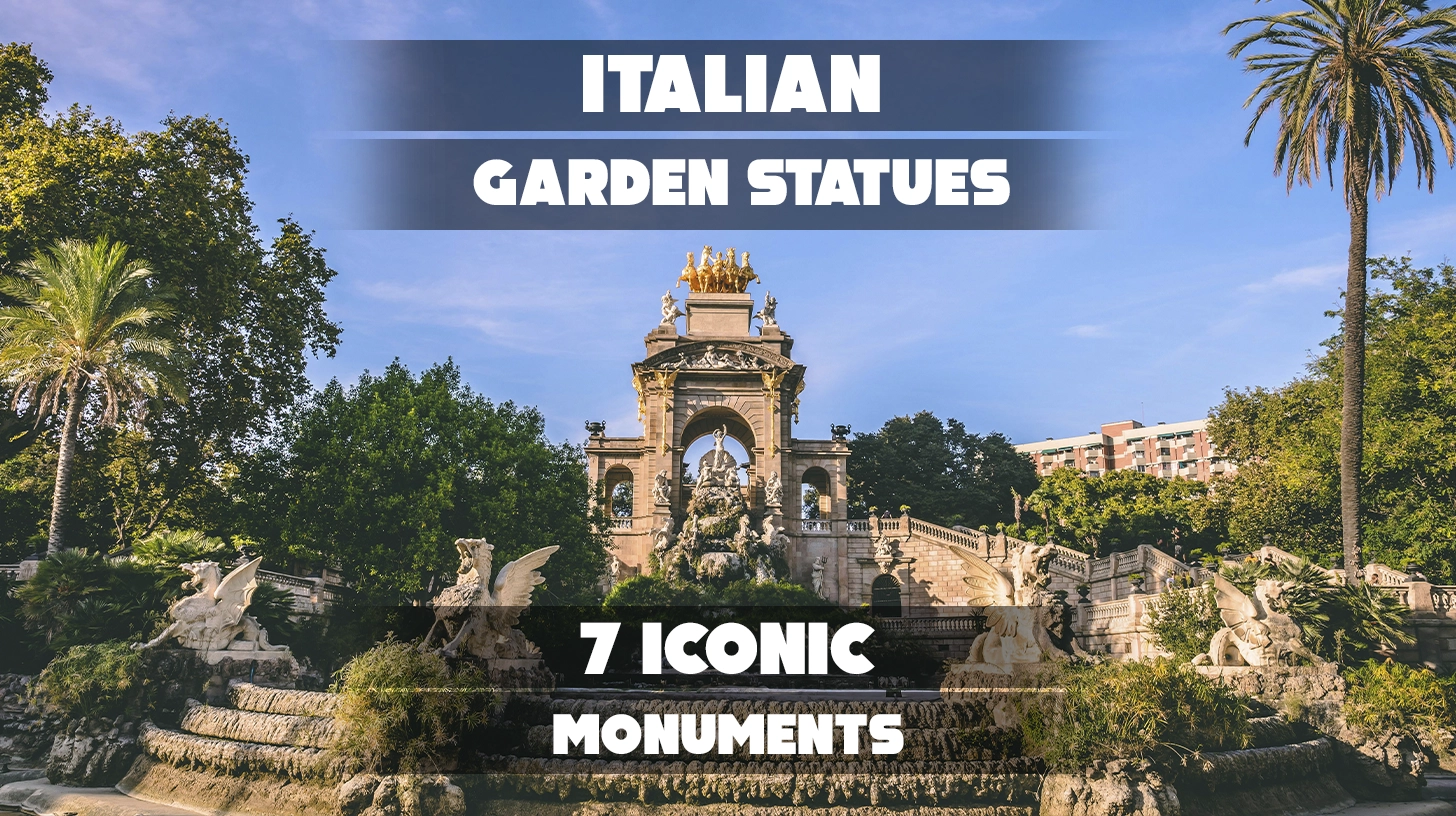Have you ever wondered how Italian Garden Statues tell stories of art, nature, and history? These statues represent myths, local legends, and centuries of creativity.
You might not know where to start to fully understand their meaning. But you’re not alone—many feel the same way. As your guide, we’ll help you uncover the fascinating stories behind these famous statues in Italy’s gardens.
Here’s the plan:
- Explore 7 important Italian garden statues.
- Learn the symbolism and history behind each work.
- See how these statues reflect Italy’s artistic and cultural heritage.
By the end, you’ll have a deeper appreciation of Italy’s garden art and its lasting significance.
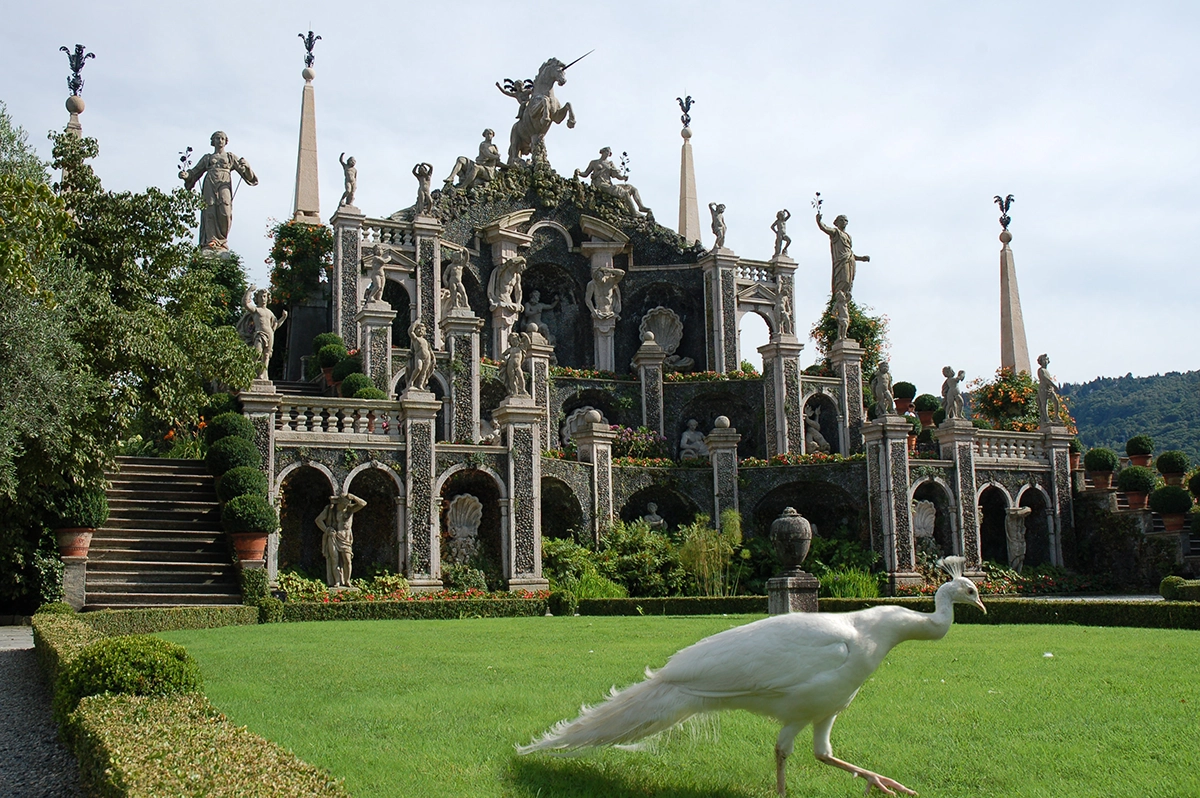
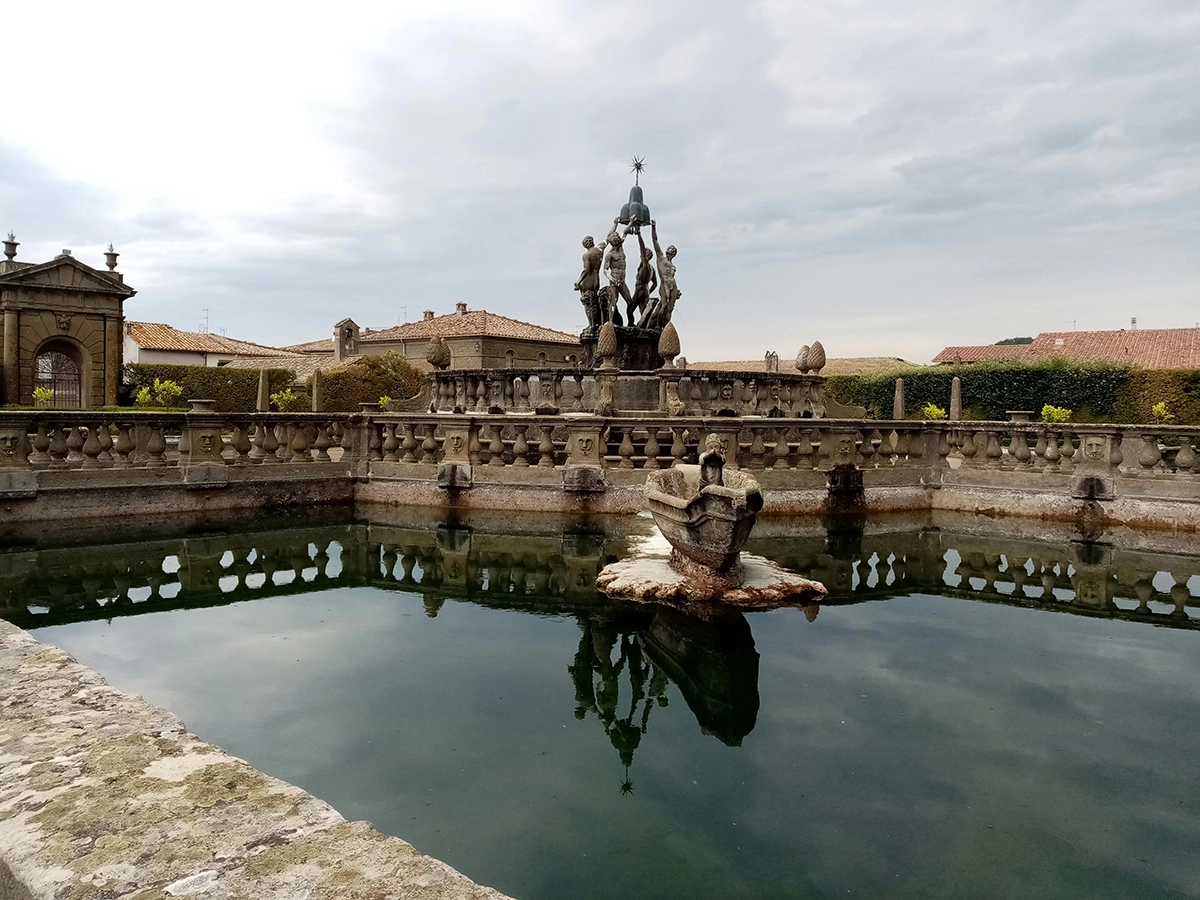
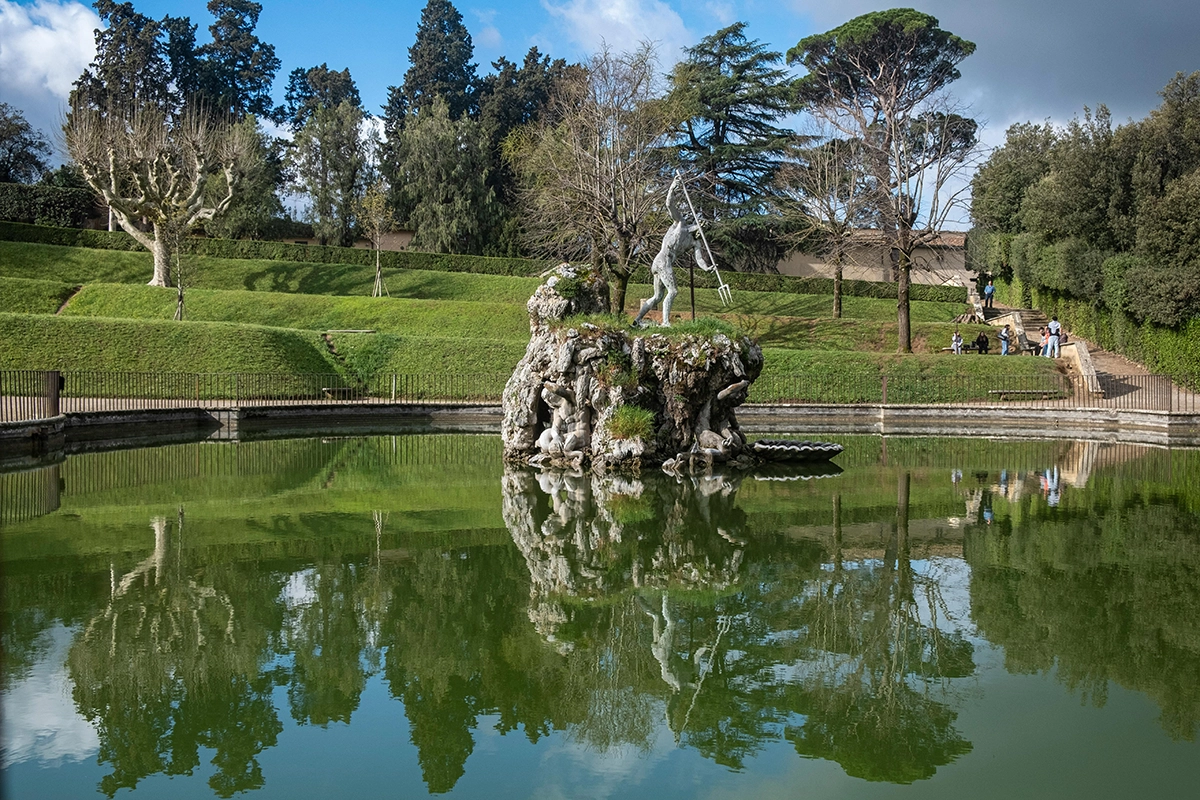
Italian Garden Statues
1. The Fountain of Neptune
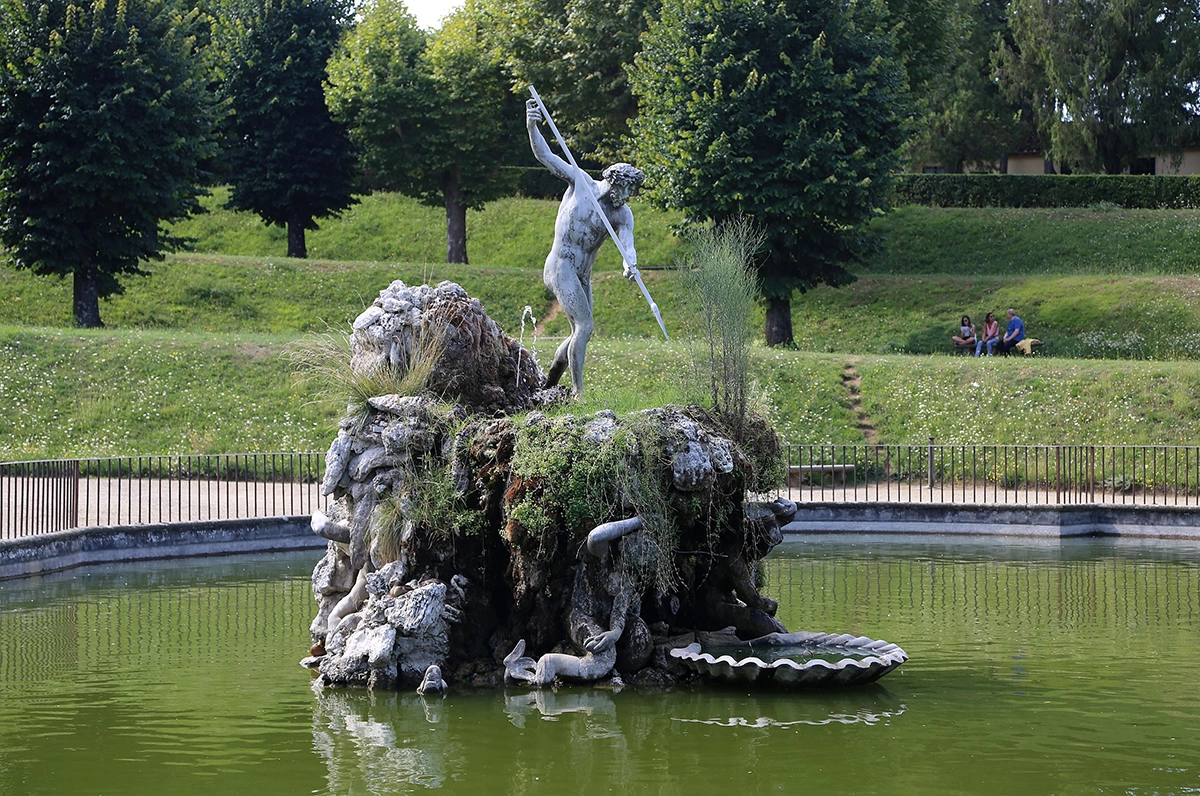
The Fountain of Neptune stands in the Boboli Gardens, just behind the large Palazzo Pitti in Florence. It was designed by Bartolomeo Ammannati and sculpted by Stoldo Lorenzi in the 16th century. The statue is made of bronze and shows Neptune, the Roman god of the sea, holding a tall trident. Because of this, locals often call it “The Fork.”
The statue shows strength and control over nature. It fits well among the quiet garden paths, green hedges, and other fountains nearby. The Medici family, who planned the gardens, added this fountain to show their taste for beauty and power.
Standing close to the palace, the fountain adds a strong visual effect to the area. It is a peaceful spot where visitors can enjoy art and history in one place. Many people come to see it as part of their visit to the gardens and palace.
2. The Giant (Colossus of the Apennines)
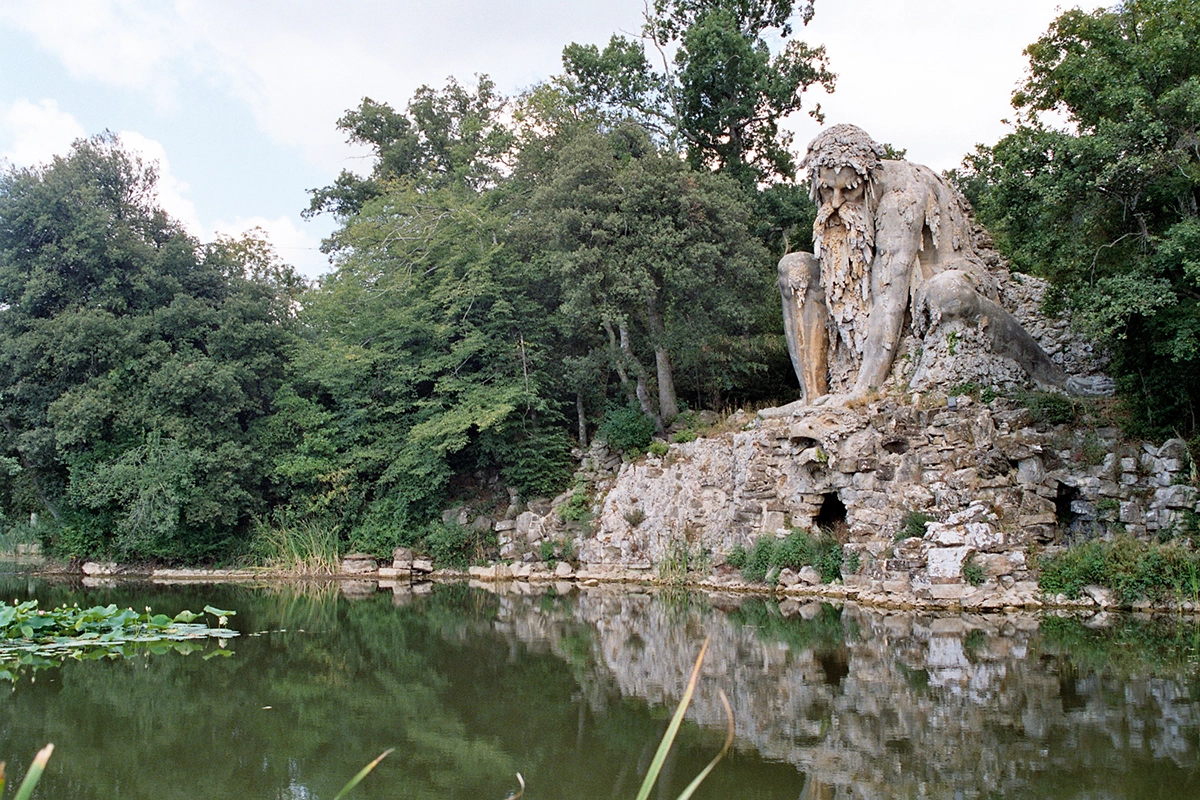
The Giant, also known as the Colossus of the Apennines, is a massive stone statue standing more than 11 meters tall. It was created in the late 1500s by the sculptor Giambologna.
The statue depicts an old man who appears part mountain. It is located near a small lake in the park of Villa Demidoff, just outside Florence.
What makes the Giant special is that it contains hidden rooms inside. There are three levels of secret chambers used for water fountains and special water effects. This clever design made the statue more than just a sculpture—it became part of a unique garden experience.
Nearby, visitors can find other statues inspired by ancient myths, including figures such as Pegasus and Jupiter. The statue also served to supply water for the villa’s fountains and water displays.
Today, the Giant remains a rare example of Renaissance art. Its large size, hidden features, and link to nature continue to draw many visitors. It stands as a clear example of how artists in the past combined art and nature in creative ways.
3. Fountain of the Organ
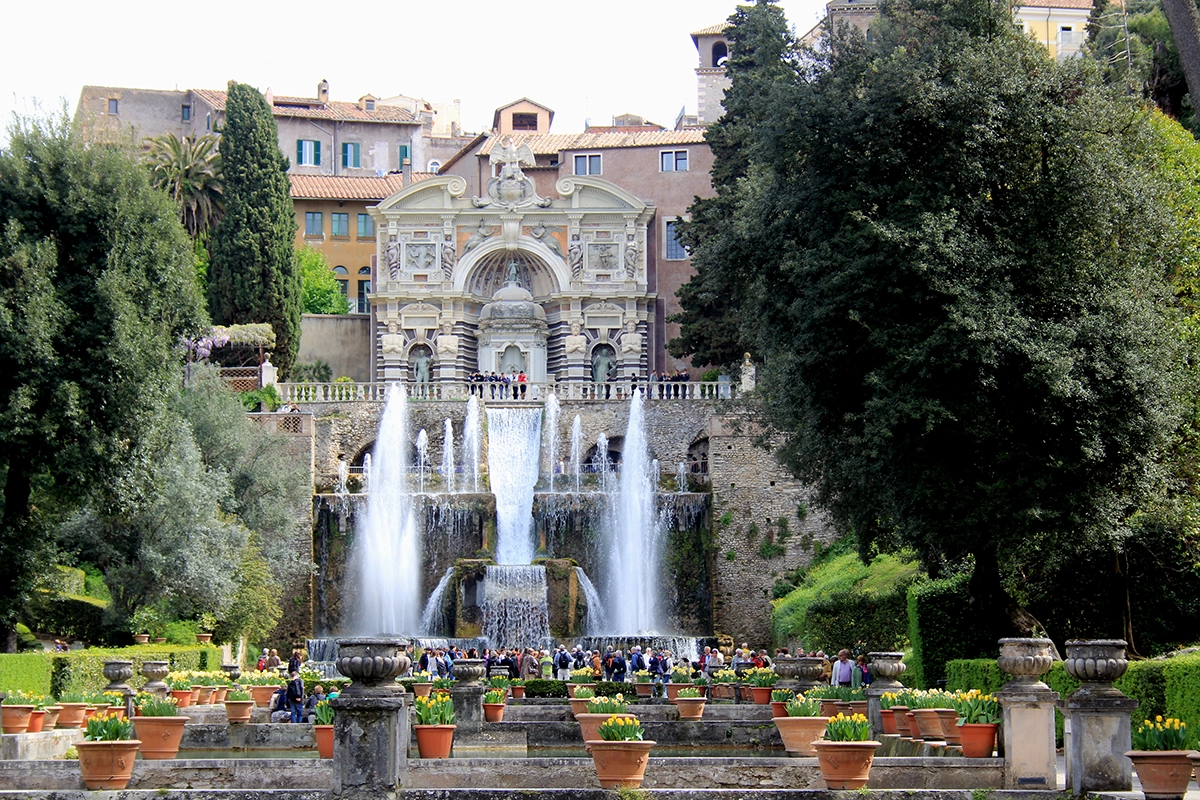
The Fountain of the Organ at Villa d’Este in Tivoli is very special. It was built in the 1500s by Pirro Ligorio. What makes it different is that water powers a real organ that plays music. This mix of water, music, and art is exciting to see and hear.
Around the fountain, there are many statues of nymphs, gods, and strange creatures called grotesques. These statues make the place feel magical.
Villa d’Este is a beautiful old villa with gardens on a hillside. It has many fountains and decorations. The villa’s gardens were very famous and helped change garden designs across Europe.
Today, Villa d’Este is a museum and a UNESCO World Heritage Site. Many people visit to enjoy its beauty and the amazing mix of art, music, and water.
See Also Statues in Portugal
4. The Pegasus Fountain
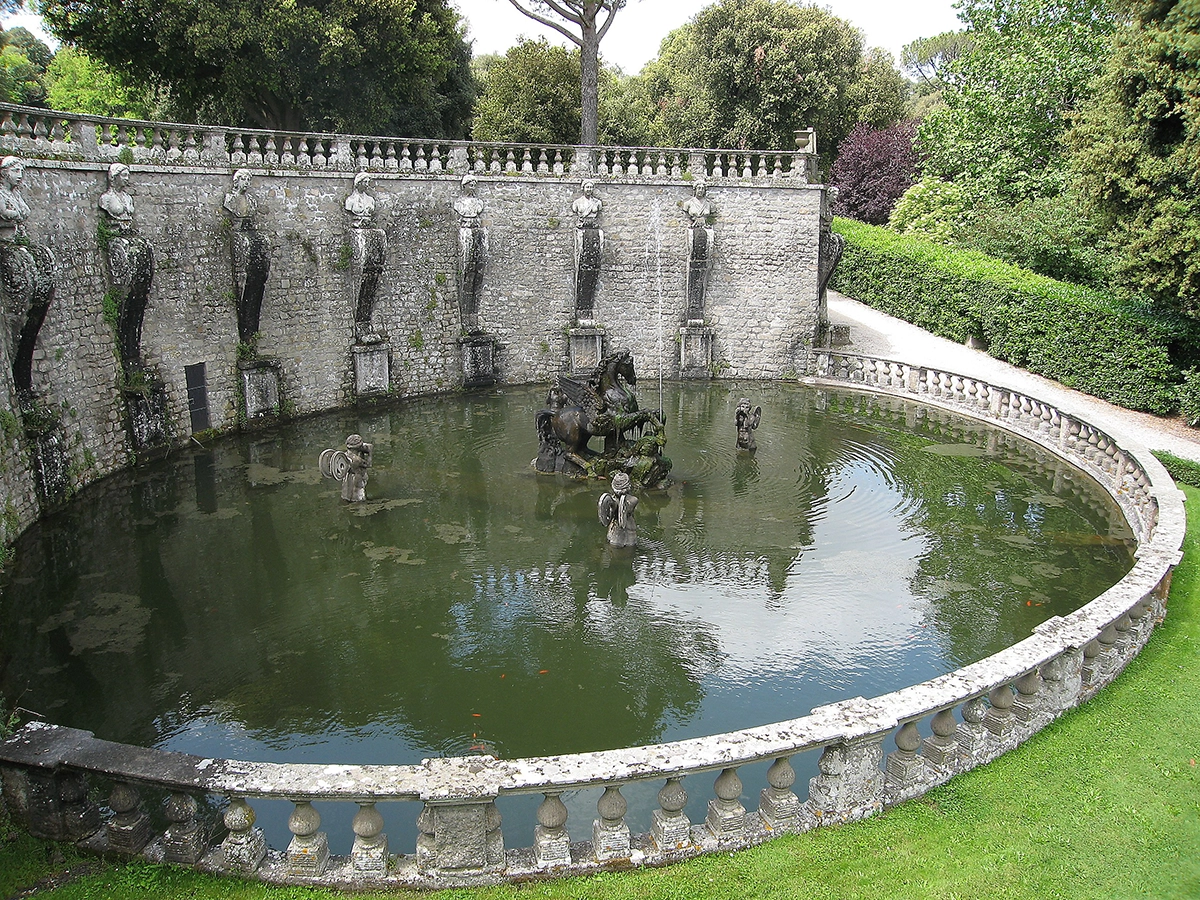
The Pegasus Fountain at Villa Lante shows Pegasus, the winged horse from Greek myths. The statue stands above a flowing fountain. According to the story, Pegasus hit a rock with his hoof and created the Spring of Hippocrene. This spring stands for creativity and art.
Visitors see this fountain first when they enter the garden. It fits well with the garden’s clean and balanced design. Water moves through a smart system that uses gravity to reach all the fountains. The Pegasus Fountain is where this water path begins.
5. Allegorical Statues
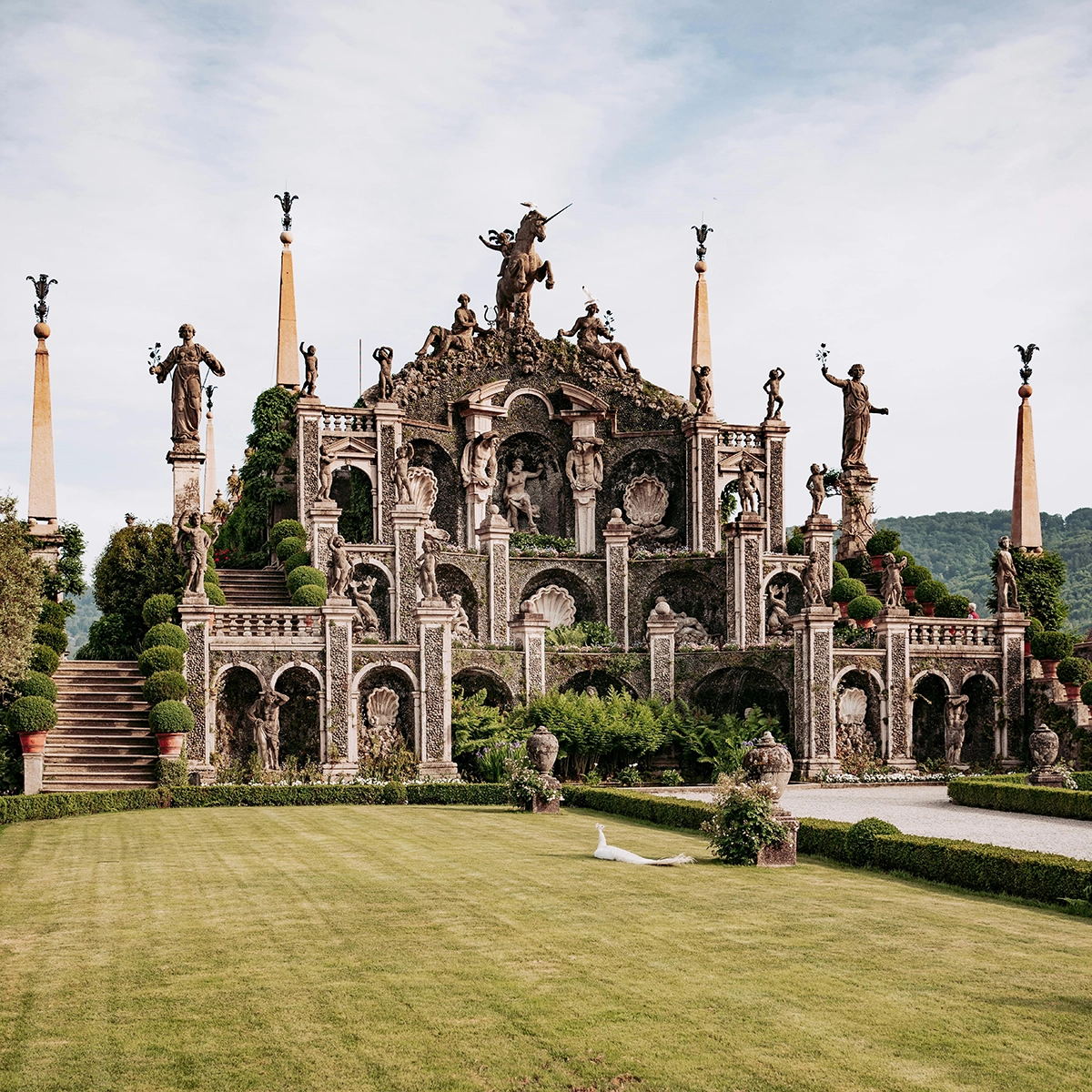
The Allegorical Statues in Isola Bella Gardens, Lake Maggiore, are meaningful works of art made to represent ideas and stories. These statues show the four main elements: air, water, earth, and fire. Others represent the four seasons and important virtues. They were created by different artists in the 1600s for the Borromeo family.
At the top of the garden, there is a well-known unicorn statue. This unicorn is a symbol of the Borromeo family. Statues, fountains, and tall obelisks are placed across the garden’s ten terraces. They fit well with the plants and trees around them.
Some statues honor nearby waters like Lake Maggiore and the Ticino, and the Po River. Together, these statues give the garden the feeling of a grand outdoor palace filled with art and meaning.
See Also Famous Statues in Germany
6. The Rometta Fountain Statues

The Rometta Fountain Statues in Villa d’Este, Tivoli, were made in the 1550s by Pirro Ligorio. The fountain shows a small model of ancient Rome. It has statues of the Tiber River god and the twins Romulus and Remus. These twins are important in Roman stories.
The fountain honors the history and skills of ancient Rome. Many parts of the original fountain were lost in the 1600s. But some important statues are still there. The she-wolf with Romulus and Remus, wearing helmets and holding weapons, is still standing. It shows the story of Rome’s beginning.
The Rometta Fountain is a mix of art, history, and myths. It is a special part of the Villa d’Este gardens. Visitors can learn about Rome’s past while enjoying the beautiful statues.
7. The Moor Fountain (Fontana dei Mori)
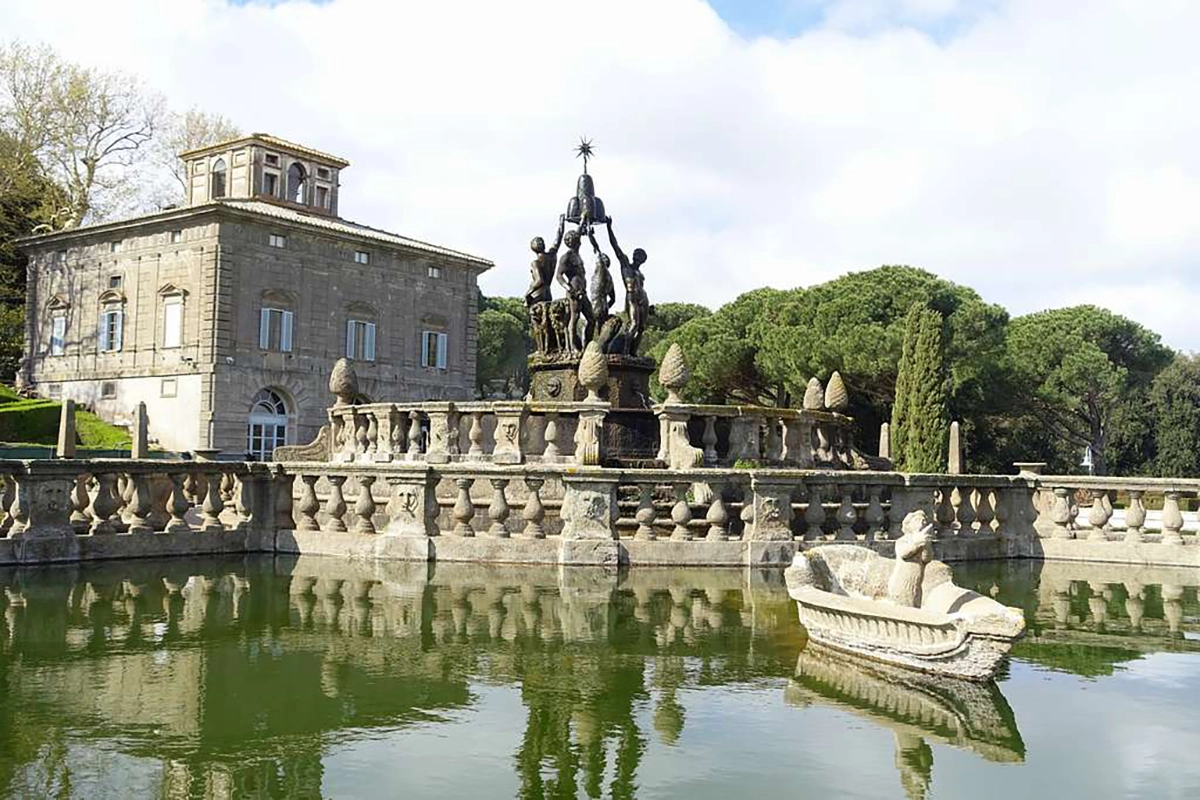
The Moor Fountain (Fontana dei Mori) at Villa Lante, Bagnaia, is a stunning part of the garden. It features four water basins separated by paths decorated with stone pineapples and urns.
At the center, four life-size statues of Moors, created by Giambologna, stand around two lions. They hold up a mountain topped with a star-shaped water jet. This design shows the Montalto family symbol. The fountain is a unique and important feature that visitors enjoy.

Italian Garden Statues: A Recap
Italian garden statues are more than just decorations; they tell stories about art, nature, and history. Statues like the Pegasus Fountain and the Giant of the Apennines show myths and local legends. Many statues represent the seasons, elements, or ancient gods, adding meaning to the beautiful gardens.
Places like Villa d’Este, Villa Lante, and Isola Bella show these statues alongside water features and careful designs. These works of art help visitors appreciate the creativity and skill of Italian artists from long ago. Italian garden statues continue to inspire and reflect the country’s rich cultural past.


